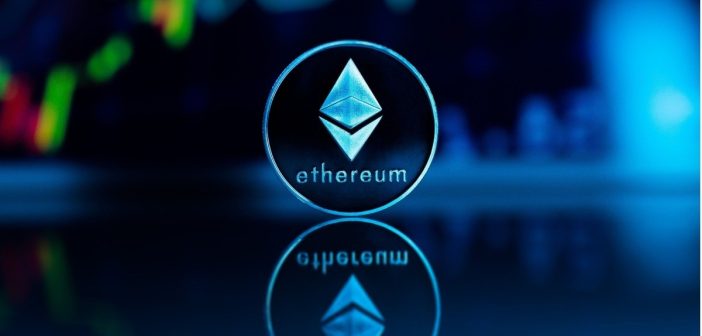The Ethereum smart contracts ecosystem remains dominant, but its leadership is increasingly being challenged by emerging platforms like Solana, Avalanche, and Layer 2 (L2) scaling solutions such as Arbitrum and Optimism. While Ethereum continues to serve as the foundation for decentralized applications and smart contracts, alternative blockchains are offering faster execution, lower transaction fees, and new consensus models.
The future of Ethereum’s leadership will likely depend on how well it can address long-standing scalability and cost-efficiency challenges.
Ethereum Smart Contracts Still Lead, But the Gap Is Narrowing
Ethereum enables developers to deploy self-executing smart contracts using the Solidity programming language, which operates natively on the Ethereum Virtual Machine (EVM). These contracts allow automated, trustless transactions without third-party enforcement. However, rising gas costs and network congestion continue to pressure developers to explore alternatives.
Ethereum smart contracts remain the most widely used due to their early dominance, robust security, and strong developer community. But the tide is slowly shifting as faster and more scalable alternatives begin to mature.
L2 Networks Expand Ethereum Smart Contracts Use Cases
L2 solutions like Arbitrum and Optimism offer scalable environments that preserve compatibility with Ethereum smart contracts. These platforms aim to reduce gas fees and increase transaction throughput, providing developers with high-performance ecosystems that integrate with the Ethereum base layer.
Their growth reflects a new development trend: instead of abandoning Ethereum, many teams are choosing to build around it, using L2 networks to bypass its limitations.
Competing Blockchains Push Ethereum to Evolve
Projects like Solana and Avalanche represent fully independent ecosystems. They offer faster finality, alternative consensus models, and lower transaction costs — all of which appeal to developers building high-throughput applications.
While these chains are not EVM-compatible by default, they attract a new wave of smart contract development by focusing on performance and user experience.
To maintain its edge, Ethereum must continue evolving — particularly through upgrades like Danksharding, EIP-4844, and other scalability-focused changes under Ethereum 2.0.
Conclusion: Ethereum Smart Contracts Face a Defining Decade
The dominance of Ethereum smart contracts is no longer unquestioned. With the rise of L2 solutions and new blockchain models, Ethereum must adapt quickly to preserve its position. The good news: it still benefits from the largest developer base, the deepest liquidity, and the most tested infrastructure in the space.
But to remain the smart contract standard, Ethereum must solve its scalability issues — or risk being overtaken by platforms designed for the next generation of blockchain applications.




